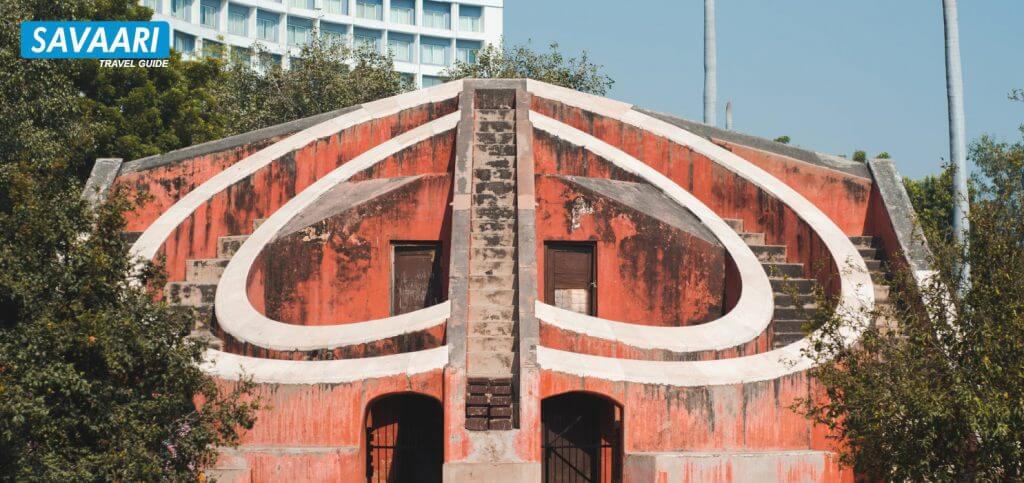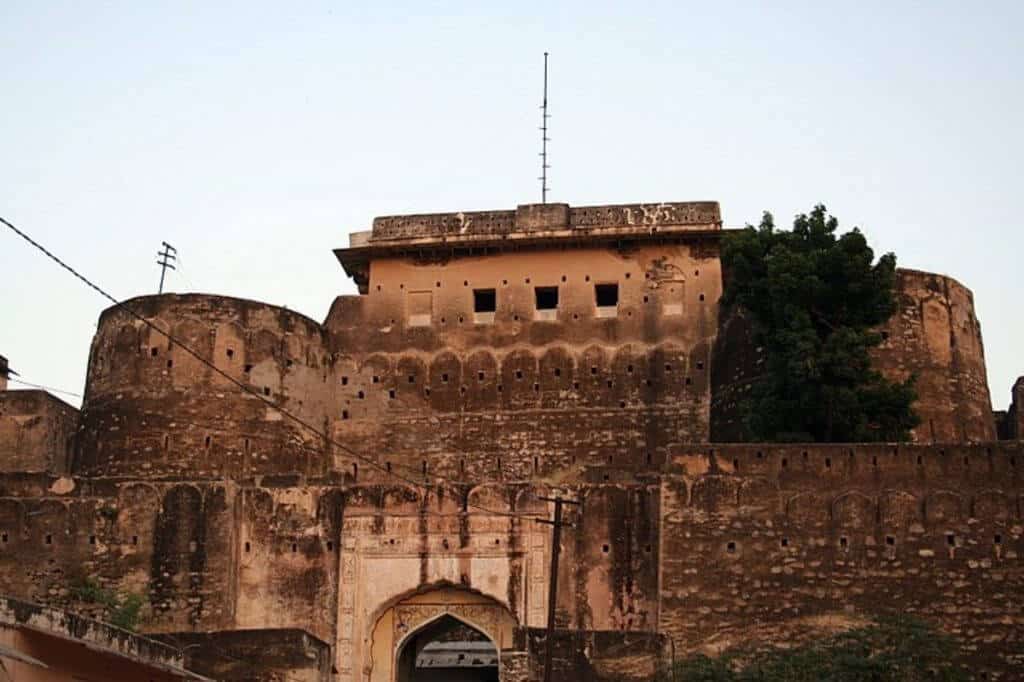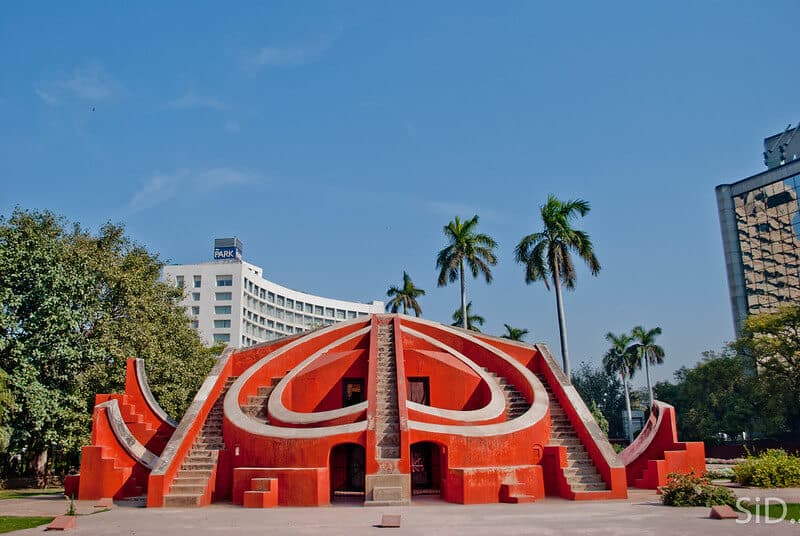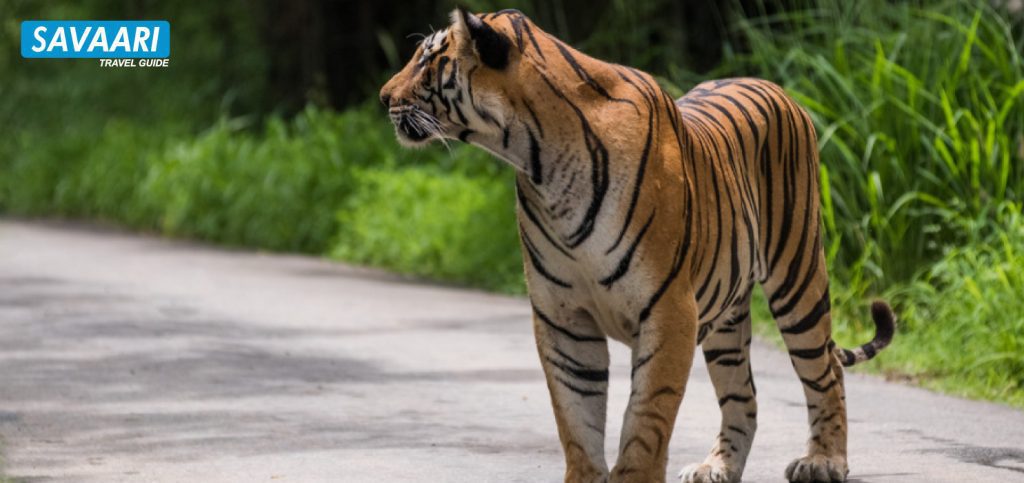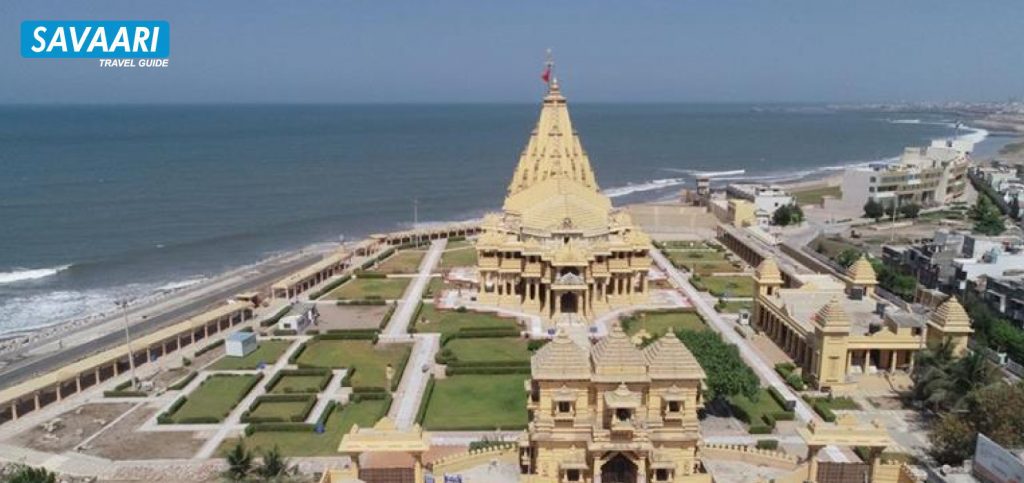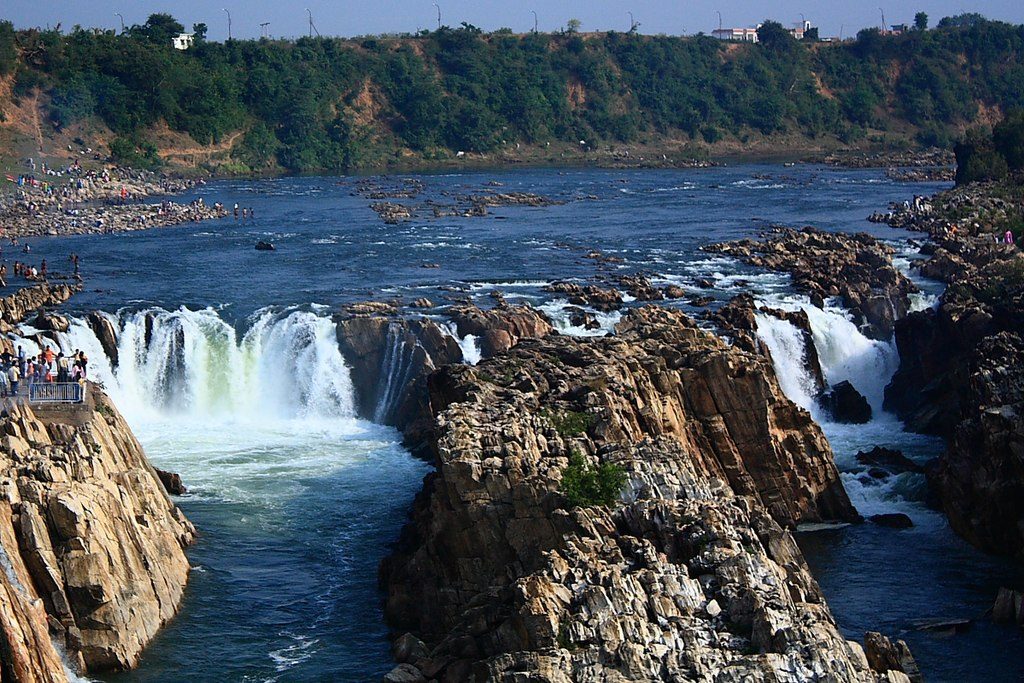Nestled in the heart of Jaipur, the Jantar Mantar is an astronomical marvel. Built by Maharaja Sawai Jai Singh II in the 18th century, this UNESCO World Heritage site boasts intricate instruments, showcasing the genius of ancient Indian astronomy. Dive into its history and celestial wonders in this exploration. We strongly recommend that you rent a chauffeur driven car in Jaipur with Savaari to explore Jantar Mantar and nearby locations comfortably.
Table of Contents
- About
- Comprehensive guide to Jantar Mantar
- How to Plan a trip to Jantar Mantar
- Places to stay near Jantar Mantar
- Why visiting Mysore Palace should be on your next travel list
About
Jantar Mantar, an extraordinary astronomical observatory, is a testament to India’s rich scientific heritage. Located in Jaipur, Rajasthan, this is a collection of architectural marvels built by Maharaja Sawai Jai Singh II in the 18th century. Designed to study and observe celestial bodies, the site consists of several enormous instruments that measure time, track celestial movements, and predict astronomical events with astonishing accuracy. Jantar Mantar serves as a remarkable testament to the scientific knowledge and astronomical advancements of ancient India, inviting visitors to marvel at the ingenuity and brilliance of our ancestors.
History
Jantar Mantar was built by the Rajput king Sawai Jai Singh II, also heralded as the founder of the city of Jaipur. There is no exact time period documented as to when Jai Singh began the construction of the observatory. But it is said that he built the first stone observatory in Delhi in 1724. Jai Singh built five more such observatories in various places, but the Jaipur site remains the largest and the most accurate than the rest.
By 1728, many of the instruments in the Jaipur site were built, and the construction continued till 1738. About 23 astronomers were employed to build the instruments in Jaipur and in 1735, with the shifting political climate in the country, Jai Singh replaced the Delhi site as the main observatory, which remained until his death in 1743.
The support and authority of the observatory changed many hands with his successors when the developments of this place died down. Under the rule of Pratap Singh (1778 – 1803), the observatory was turned into a gun factory.
The monument got damaged in the 19th century. Major Arthur Garrett, an amateur astronomer who was appointed as an assistant state engineer in Jaipur, took on the early restoration work. The then-king of Jaipur, Ram Singh Jr., completed the restoration in 1876 and reinforced some of the instruments as well. During the colonial era, the Jantar Mantar went through further restorations and even after that, in the 2000s.
Hidden Facts about Jantar Mantar
Here are some interesting facts and trivia about this place –
- The observatory consists of nineteen instruments for measuring time, predicting eclipses, tracking the location of major stars as the earth orbits around the sun, ascertaining the declinations of planets, and determining the celestial altitudes and related ephemerides.
- It houses the world’s biggest stone sundial. The Brihat Samrat Yantra, or translated as the “great king of instruments“, is an 88 feet (27 m) high instrument which tells the time of the day through its shadow cast by the sun.
- This instrument gives the local time at an accuracy of two seconds. It is faced at an angle of 27 degrees, the latitude of Jaipur. The chhatri (umbrella-like top of a tower) on top is used as a platform for announcing eclipses and the arrival of monsoons.
- The etymology is a derivation of Sanskrit words – Jantar or instrument/machine and Mantrana or calculations. In other words, Jantar Mantar literally means calculating machine.
- The observatory was built to study ancient Sanskrit scriptures and European literature about instrumental astrology as a secondary research centre for Ulugh Beg’s Observatory at Samarkand, Uzbekistan, and the ancient city of Maragheh.
Comprehensive guide to Jantar Mantar
The Jantar Mantar Jaipur timings are from 9 AM to 4.30 PM, seven days a week. It is located at walking distance between the City Palace and Hawa Mahal. The ticket price is Rs 50 for entrance. For students, there is a discounted entrance fee of Rs 15 on showing valid ID proof. Photography and videography of the site are extra and upon permission of the site authorities.
Things to do in Jantar Mantar
While Jantar Mantar primarily serves as an astronomical observatory, there are several activities and things to do within its premises. Here is a list of things you can do at Jantar Mantar:
- Take a leisurely stroll here and admire the intricate instruments designed to study celestial bodies. Marvel at the size and precision of instruments like the Samrat Yantra, Jai Prakash, and Ram Yantra.
- Engage in educational tours or hire a guide who can provide insights into the fascinating world of astronomy and explain the functioning of the instruments. Gain a deeper understanding of how ancient astronomers made remarkable observations and calculations.
- Experience the unique phenomenon of the Sundial, known as the Samrat Yantra. Witness the shadow cast by the giant sundial and observe how time is measured using this ancient instrument.
- Check if there are any astronomy demonstrations or presentations taking place at Jantar Mantar. Learn about various astronomical concepts, celestial events, and how these instruments were used to make accurate observations.
- The location is surrounded by well-maintained gardens and pathways. Take a leisurely stroll amidst the greenery, find a peaceful spot to relax, or have a picnic with friends and family.
Tourist Attractions around Jantar Mantar
Apart from this site, here are a few other things to do in and around the monument –
Visit the Hawa Mahal – This iconic structure is synonymous with Jaipur’s legacy. Built with pink sandstone, the 953 jharokha or box windows, this palatial monument remains airy and breezy throughout the year, even in peak summers.
Explore the City Palace – The sprawling complex is almost a town within itself. With courtyards, pavilions, temples, palaces, and gardens, it is a testament to the classic Rajputana architecture.
Take a tour of the Albert Hall Museum – The 18th-century museum boasts a rich display of art, artefacts, arms, jewels, and more, which sums up the history of Jaipur and its ruling families.
Places to Eat Near Jantar Mantar
- The Palace Café Restaurant
- Baradari Restaurant & Bar
- Govindam Restaurant
- Art Café
- Kebabs & Curries Company
How to Plan a Trip to Jantar Mantar
How to Reach Jantar Mantar
By Train
The nearest railway station is Jaipur junction, at 6 km from Jantar Mantar. You can take an auto, bus, or local taxi from the station to Jantar Mantar.
By Road
You can hire auto, local or tourist buses, or book a local cab to reach this UNESCO Heritage site from anywhere in the city. There are also metro services. The nearest metro station is the Chandpole metro station.
By Flight
The nearest airport is Jaipur International Airport, 12.7 KM away. You can book an airport taxi or a local car to travel from the airport to the monument.
Best Time to Visit Jantar Mantar
Jaipur experiences hot and dry summers with very high temperatures and chilly winters. The best time to visit is between October to February and at noon when the sun is at its peak, and it’s easy to understand and interpret the readings of each instrument.
[Also Read: Jaipur Kite Festival]
Travel tips for visiting Jantar Mantar
- When planning a visit to Jantar Mantar, here are some travel tips to ensure a smooth and enjoyable experience:
- The venue can get crowded during peak hours. To avoid large crowds and have a more peaceful experience, consider visiting early in the morning or late in the afternoon.
- The site involves walking and exploring various instruments. Opt for comfortable shoes or sandals as you may need to navigate uneven surfaces and stairs.
- Carry Water and Sun Protection: Jaipur can get hot and sunny, especially during the day. Stay hydrated by carrying a bottle of water and protect yourself from the sun with a hat, sunglasses, and sunscreen.
- To fully understand the historical and scientific significance of Jantar Mantar, consider hiring a knowledgeable guide who can provide detailed explanations about the instruments and their functioning.
- It is a UNESCO World Heritage site and holds cultural significance. Show respect by not climbing or touching the instruments, and follow any instructions or guidelines provided by the authorities.
- Jantar Mantar is located in the heart of Jaipur, so consider combining your visit with other nearby attractions such as the City Palace, Hawa Mahal, or the markets of Jaipur to make the most of your trip.
- Jaipur can be hot, and exploring Jantar Mantar may involve some walking. Carry water and light snacks to keep yourself refreshed and energized during your visit.
- Remember to dress modestly and respectfully, as it is a historical and cultural site. Cover your shoulders and knees, especially if you plan to visit any nearby temples.
Jantar Mantar timings and entry fee
Jantar Mantar, Jaipur, is a popular tourist attraction that showcases a collection of astronomical instruments. Here is some information regarding the timing and entry fees:
- Timing: The venue is open for visitors throughout the week, including public holidays. The usual timing for visiting is from 9:00 AM to 4:30 PM.
- Entry Fee: The entry fee varies for Indian and foreign tourists. The entry fee IS as follows:
- For Indian Tourists: The entry fee for Indian tourists was around INR 50 per person.
- For Foreign Tourists: The entry fee for foreign tourists was approximately INR 200 per person.
Places to Stay Nearby
- Hotel Arya Niwas
- Alsisar Haveli
- Hotel Jaisingh Palace
- Hotel Bissau Palace
- Jaipur Hotel New – A heritage hotel
- Belvilla The Umaid Vilas Royal Heritage Haveli
Download our Savaari car Booking app for a smooth and pleasant journey.
Why visiting Mysore Palace should be on your next travel list
Jantar Mantar should definitely be on your travel list due to its unique blend of historical, scientific, and architectural marvels. This extraordinary astronomical observatory in Jaipur, Rajasthan, offers a captivating journey into ancient Indian astronomy and scientific knowledge. The collection of grand instruments, meticulously designed by Maharaja Sawai Jai Singh II, showcases remarkable precision and accuracy in studying celestial bodies. Visiting Jantar Mantar allows you to witness the ingenuity of ancient astronomers and gain insights into their observations and calculations. Book a Savaari for a hassle free experience.
Last Updated on February 2, 2024 by Swati Deol



